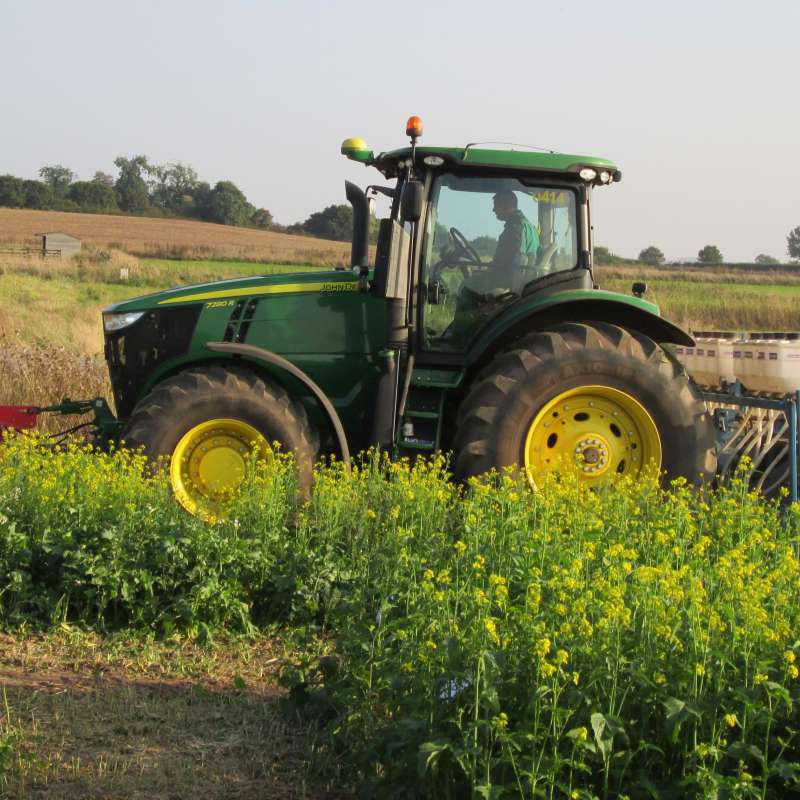Wendy Marie Waalen
Head of Department/Head of Research
To document
Authors
Meriel McClatchie Véronique Matterne Núria Rovira Buendia Mila Andonova Ulrike Lohwasser Wendy Marie Waalen Filippos Bantis Marija Knez Jelena Milešević Amil Orahovac Paolo Prosperi Aparajita Banerjee Ivana Radić Aldona Mueller-Bieniek Meline Beglaryan Donal Murphy-Bokern David Gil Bálint Balázs Sónia NegrãoAbstract
No abstract has been registered
Abstract
No abstract has been registered
Abstract
No abstract has been registered

